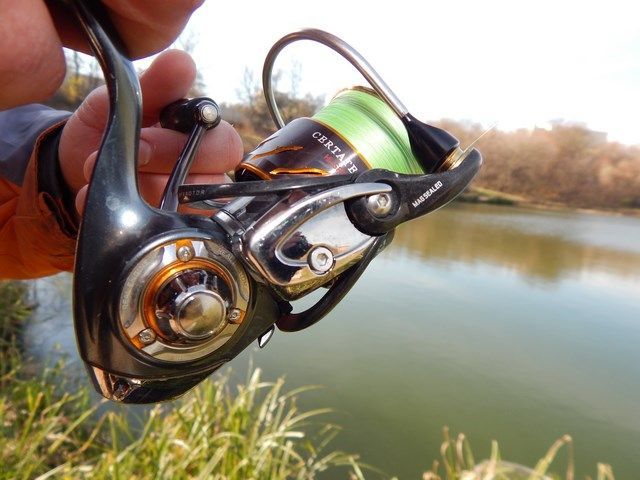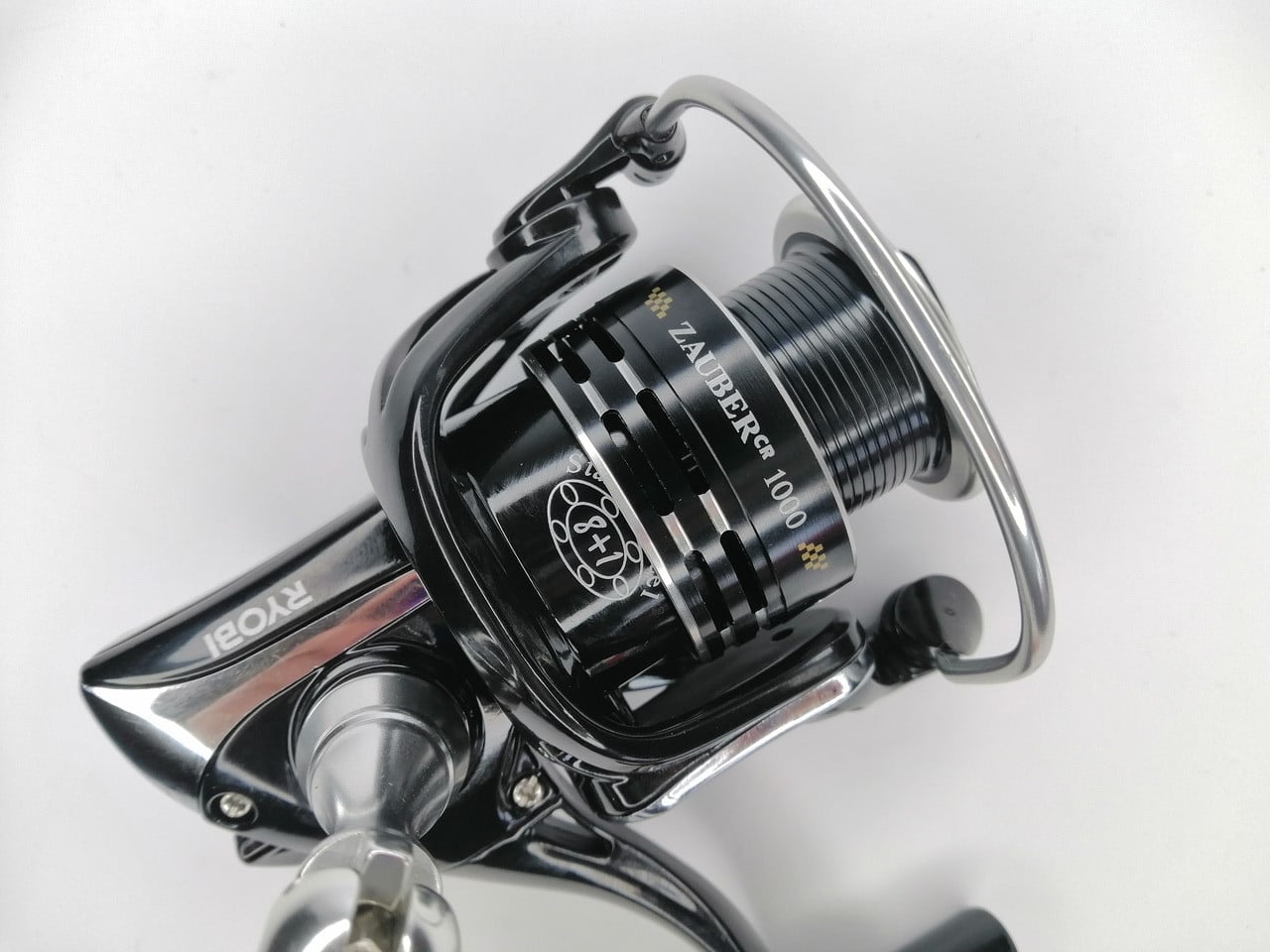Fishing swivel – a small connecting mechanism in a rig. These are two or more annular elements interconnected by a hinge device. It allows them to rotate relative to each other. The swivel has several functions in the rig. The solution to the tasks set depends on its type, quality, reliability of attachment to fishing equipment. It is important to properly tie the swivel, depending on the tackle, fishing conditions and capabilities.
- What functions does the swivel perform?
- What tackle is the swivel used in?
- Swivel tie knots
- How to tie a swivel to a fishing line – the best knots are clearly visible with a photo
- How to tie a swivel with a Homer knot to a thick line
- How to tie a swivel to fluorocarbon
- Braiding knots
- How to tie a swivel to a braid with a Palomar knot
- Tips for tying carabiners and swivels to main line
- Поделиться ссылкой:
What functions does the swivel perform?
There are many modifications of this “detail”, but the basic principle is the same: the swivel loops easily rotate in different directions, preventing the rigging element from twisting, be it the main line, leash or bait. Thus, the remaining parts remain independent from each other and regularly perform their functions. Swivel tasks:
- minimize the risk of breaking the line, breaking the bait;
- connect the main elements of the equipment;
- improve the outcome of the game;
- speed up the replacement of tackle elements;
- increase the service life of the line.
Only the ideal rotation of the swivel loops under load is able to fulfill all the specified conditions. The configuration, material of manufacture and caliber of the swivel, the weight of the catch, the specific tackle, fishing technique and, of course, the strength of the swivel attachment on the rig are also taken into account.
Reference! The swivel greatly simplifies fishing in strong currents, leveling the streams, makes fishing more productive.
A variety of swivels allows you to choose an individual design of such a difficult fishing accessory for a particular tackle.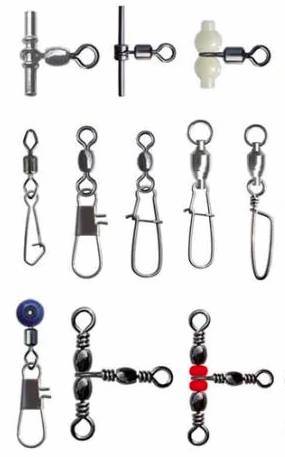
Advice! Do not use in installation parts that have obvious defects: burrs, roughness, chips. They lead to damage to the line, slowing down its release from the reel, and breaking. In the absence of a high-quality swivel, sand the roughness.
What tackle is the swivel used in?
Anglers use swivels in all major types of fishing:
feeder ,
float ,
spinning ,
donk . Located only in a certain place on the tackle, the swivel will fulfill its functions. The table shows some of the applications:
| Tackle | Place of mating | Functions |
Float:  | At the end of the main line in front of the leash | As a backup |
Float: easy installation, sliding float  | Between the stoppers to the float | Increases the sensitivity of the float |
Jig  | A T-shaped type is used at the break of the main thread to a leash with a bait, at the end of the line it is usual to a sinker. | Triple swivel reduces overlaps |
Bombarda (sbirulino) 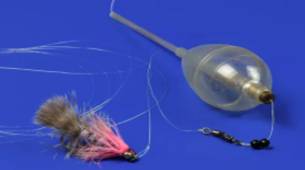 | In front of the float as a float pad. After the float stop, a single, with a carabiner or a chain of swivels is installed | For quick replacement of bombards. Prevents twisting of the main thread, leash, bait |
Retractable lead with wobbler and spinning spoon   | The line / braid anti-twist connects the main thread to the leash In the middle of the leash, the swivel is knitted to the free ends of the leash at the load. At the end – connect with a spoon | Provides independence of the elements of the spinning tackle from each other, minimizing torsion. Increases rig sensitivity |
Types of feeder mounting  | Serves as a link between installation elements. Ensures their independence | |
Installation with a feeder   | Connects the feeder to the leadcore or main line. Knit one or more swivels. | Reduces the resistance of the feeder , allows it to quickly rotate around its axis and float when pulling out the tackle. Prevents gear tangling. Speeds up the replacement process |
The use of certain types of swivels depends on the personal preference of the angler and the fishing conditions, as long as they are durable.
Swivel tie knots
In fishing rigs, knots are the weakest link. The service life of the tackle depends on the quality of the mating, especially when fishing for large fish. It is for the swivel that anglers use several reliable, field-proven knots. There are nuances that depend on the structure of the braid / line /
fluorocarbon , and they affect the choice of knitting method.
How to tie a swivel to a fishing line – the best knots are clearly visible with a photo
Mono-line is a single-core line of a circular cross-section. It is made from different materials, with different characteristics of elasticity, stiffness, strength, diameter and others. For a monofilament line, several knots are used, given the structure of the line. They are simple to perform and have justified their strength characteristics in practice:
| Line diameter | Tensile strength% | Knot |
| Thin line Ø | 91.5 85 95 | Palomar Grinner Clinch Superior |
| Medium lines | 91.5 | Palomar |
| Large Ø | 89 | Homer |
Usually the manufacturer indicates on the packaging the recommended types of compounds, but each fisherman has his own methods and capabilities. The main thing is that the bundle is reliable and not too bulky.
Important! With an incorrectly selected knitting method, the strength of the tooling decreases to 60% of the original.
The more complex the knot, the more it affects the structure of the line, so for small to medium diameters, simple tying methods should be chosen. Grinner knot is suitable for soft and elastic lines of any diameter. On a hard monofile, it is better to use Homer or Rapala.
How to tie a swivel with a Homer knot to a thick line
The peculiarity of the knot is that it fits most types of fishing line. Consider knitting a knot using the example of connecting a hook with a round eye (for a swivel, the technology is the same). We take the thread and thread it into the eye of the swivel.
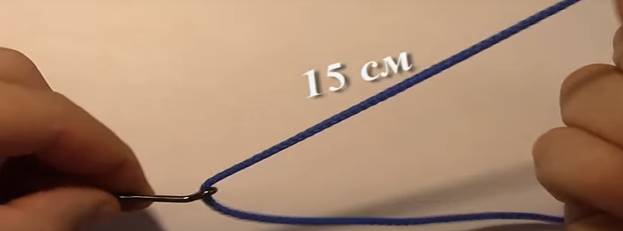

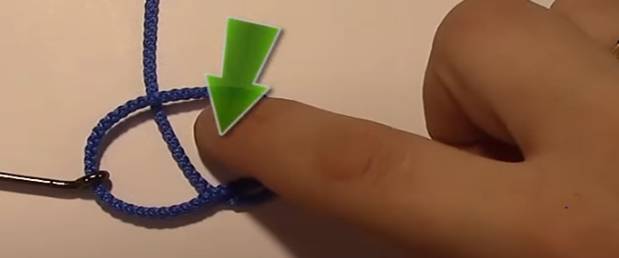
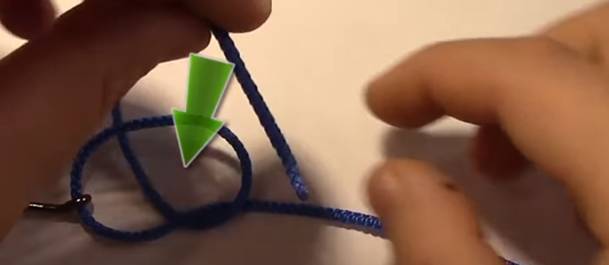
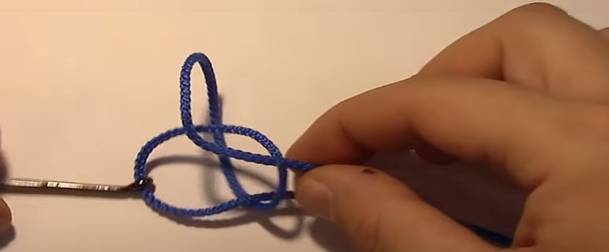

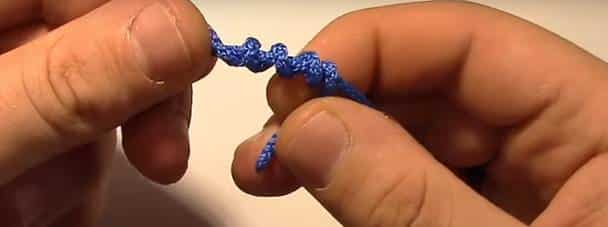
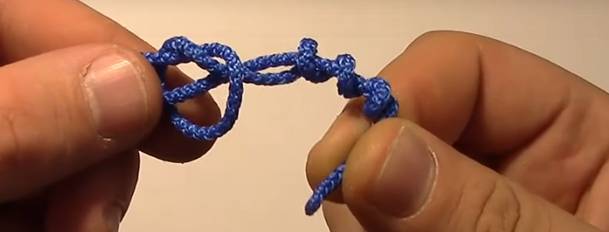
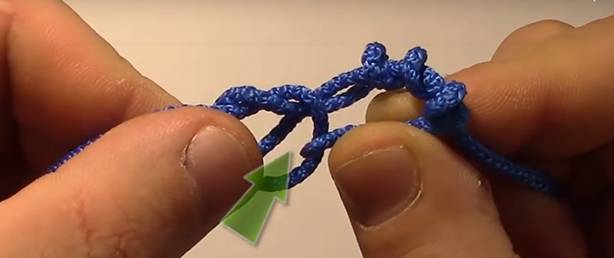
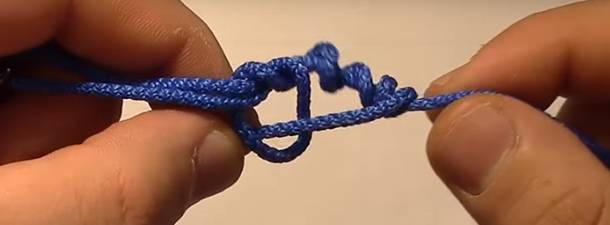
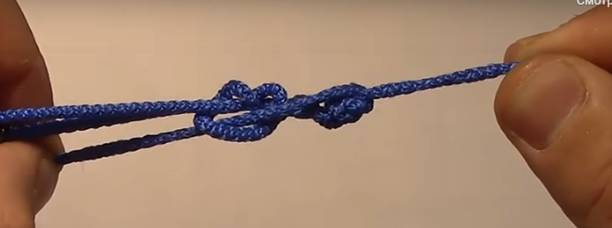

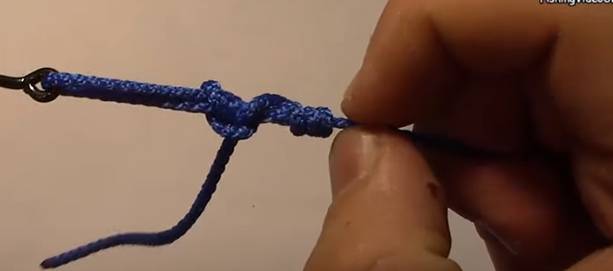






How to tie a swivel to fluorocarbon
Fluorocarbon line is a line type with excellent fishing data. Fluorocarbon retains its elasticity at significantly low temperatures, it cuts less against the abrasive bottom. Less visible underwater. These qualities allow it to be used in extreme conditions, but the structure is such that the fluor is quite tough and special knots are needed for it.
Important! Real fluor does not burn over an open fire, but melts to form a soft plastic substance that hardens in seconds. This property is used by fishermen when knotting.


Attention! Clinch knots are not suitable for thick lines and fluor over Ø 0.4 mm and smooth braids (there is a possibility of loosening). Their peak load is 9 kg. For high load capacities, it is better to use the Grinner unit.
Braiding knots
The structural features of the braided thread dictate their own rules. Many knots used for monofilament can reduce the strength of the braid when applied. The more complex the knot technology, the more the braid deforms. Usually manufacturers indicate acceptable knots that do not degrade the properties of the cord. The most reliable node is
Palomar . Although the knot is the simplest, it is at the same time effective. After several attempts, the fishermen knit it “with their eyes closed.” Of the more complicated, Clinch nodes are also used. They are easy to learn too.
How to tie a swivel to a braid with a Palomar knot
We bend the fishing line with a loop and thread the swivel into the ring.










Tips for tying carabiners and swivels to main line
There are some nuances that a fisherman needs to know so that the knot is strong and the line does not lose its properties. For the strength of the knot, the diameter of the line is important, the larger the diameter, the tighter the knot. Placing the swivel on a larger diameter line will be more effective. On thin lines, it is advisable to knit simple knots, this way deformation and twists are minimized. It should be borne in mind that the more difficult the knitting, the more the knot has a negative effect on the line. A round section of the thread will provide a high-quality knot, a flat section will increase the twist of the line.
It is important not to forget to moisten the knot before pulling and leave the “tail” at the free end so that the knot does not come loose when playing.
Correctly and reliably tying the swivel to the fishing line is already half the success of the catch. Simple rules of anglers will help beginners in mastering the installation of equipment.

